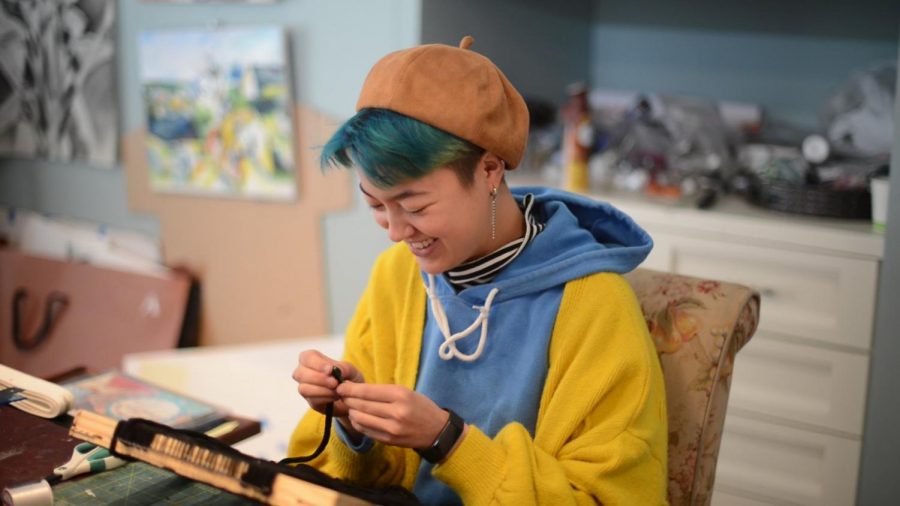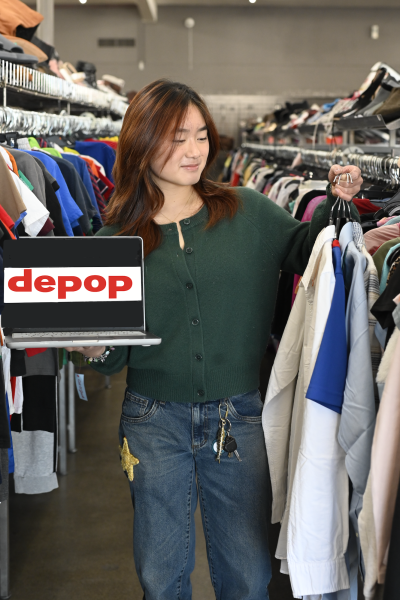
My nose itches as I step into my local Goodwill, the faint tang of detergent and old fabric hanging in the air. Metal racks of clothing stretch out before me, colors eclectic and textures varied. There’s a sense of potential here, a thrill in the hunt for something unique, something waiting to be found and cherished again. This is the magic of thrifting: it’s personal and unpredictable, which makes the reward all the more satisfying when the perfect piece finally finds you.
Thrifting has earned its reputation as a sustainable and ethical alternative to fast fashion. Praised for offering unique, high-quality finds at affordable prices, thrift stores also serve another critical purpose: reducing textile waste. When people donate clothing they no longer need, they provide others with access to affordable fashion while keeping garments in circulation. In turn, buyers extend the life of these items, giving them renewed value rather than letting them go to waste.
In this way, thrifting is cyclical: I find pieces that fit my current style and wear them, and when I’ve outgrown them, be it style or sizing-wise, I donate them back to the store for someone else to enjoy. It’s sustainable and community-driven. But with online thrifting, it’s all “take” and no “give.”
These online thrifting platforms, like Depop and ThredUp, have fundamentally changed the thrifting experience — and not for the better. Instead of fostering the thrill of discovering hidden gems or the satisfaction of passing along one’s pre-loved items to give them new life, these online shops turned it into an exercise in capitalism.
These platforms perpetuate the same fast-paced consumption patterns they claim to oppose. New drops and limited-time deals mirror the urgency and volume-driven tactics of fast fashion brands. This creates a culture where clothing is still treated as a fleeting commodity rather than a lasting investment. The supposed sustainability of these platforms becomes a marketing tool, a way to attract consumers while masking the deeper environmental and social issues at play.
Depop sellers in particular have made a habit of poaching thrift stores for all the most popular or sought-after items, leaving behind scraps for those who rely on thrift shops for affordable clothing. Worse, they turn around and sell these items for wildly inflated prices. A $5 jacket from Goodwill suddenly becomes a $50 “vintage,” “y2k” find on Depop.
This isn’t just the fault of individual sellers, but the result of the platform’s very design: Depop actively encourages users to market their finds as rare or exclusive, rewarding those who drive up prices and create demand. Though items on Depop are typically at least twice as expensive on-site than they would be in a thrift store, users are willing to spend the extra money anyways, since these prices are normalized.
As a result, a vicious cycle emerges as more and more sellers increasingly price their wares higher, knowing there will be a customer willing to purchase it at whatever cost they choose. Depop also benefits from this exchange: the more a seller profits, the more the platform profits.
Though it is more accessible than its in-person counterpart, online thrifting misses the magic of the thrift store experience. Typing something into the search bar and clicking through the filters, scrolling through listings on Depop, will never match the joy of stumbling upon the perfect piece after hours of searching. There’s no sense of discovery, no connection to the stories behind the clothes. The whole process feels transactional and devoid of the community-driven heart of thrifting.









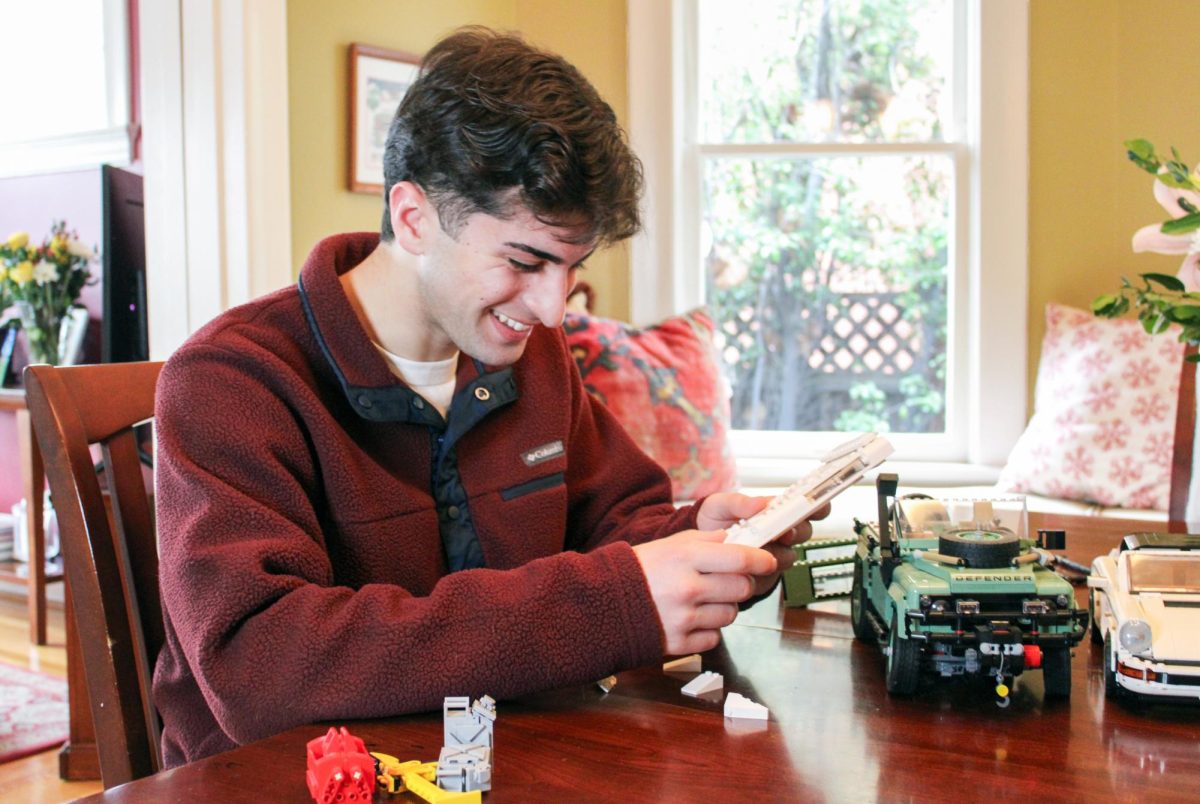




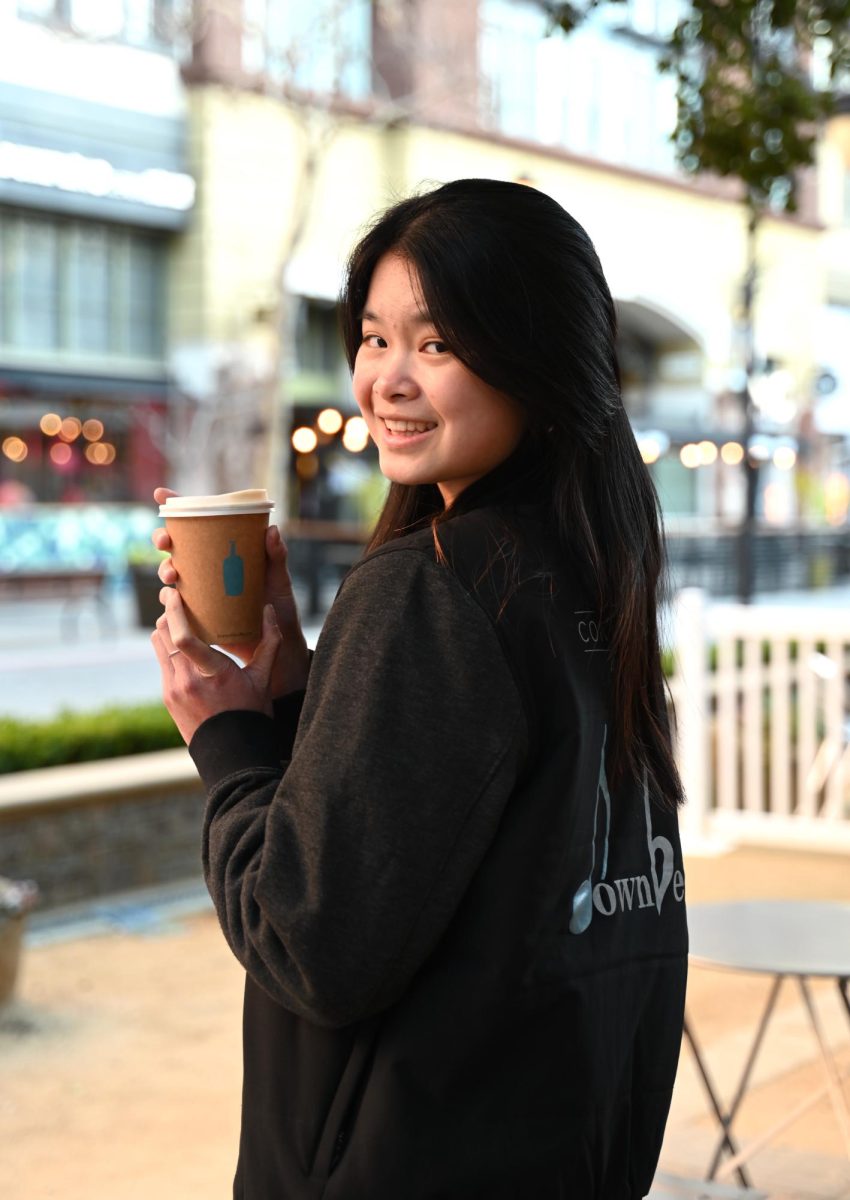



![“[Building nerf blasters] became this outlet of creativity for me that hasn't been matched by anything else. The process [of] making a build complete to your desire is such a painstakingly difficult process, but I've had to learn from [the skills needed from] soldering to proper painting. There's so many different options for everything, if you think about it, it exists. The best part is [that] if it doesn't exist, you can build it yourself," Ishaan Parate said.](https://harkeraquila.com/wp-content/uploads/2022/08/DSC_8149-900x604.jpg)
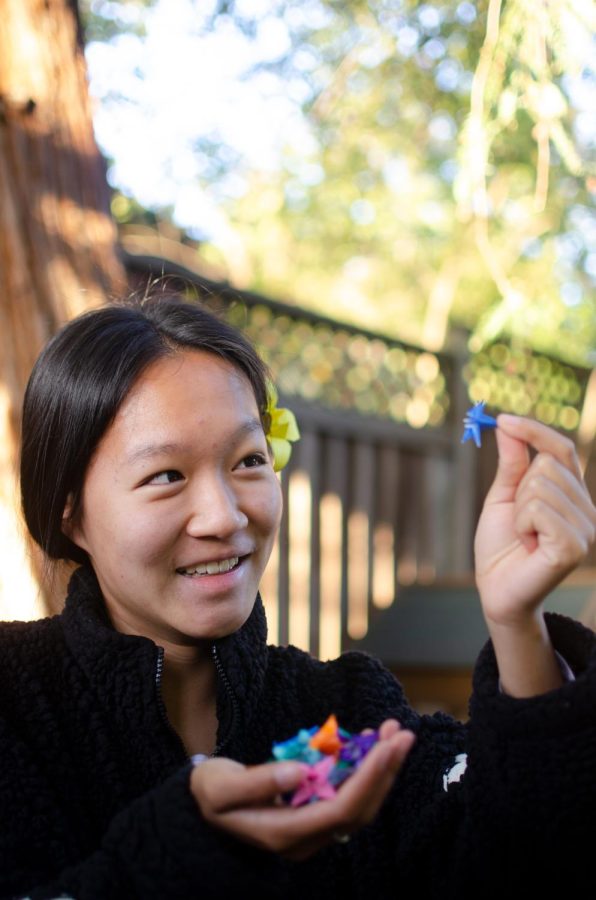



![“When I came into high school, I was ready to be a follower. But DECA was a game changer for me. It helped me overcome my fear of public speaking, and it's played such a major role in who I've become today. To be able to successfully lead a chapter of 150 students, an officer team and be one of the upperclassmen I once really admired is something I'm [really] proud of,” Anvitha Tummala ('21) said.](https://harkeraquila.com/wp-content/uploads/2021/07/Screen-Shot-2021-07-25-at-9.50.05-AM-900x594.png)







![“I think getting up in the morning and having a sense of purpose [is exciting]. I think without a certain amount of drive, life is kind of obsolete and mundane, and I think having that every single day is what makes each day unique and kind of makes life exciting,” Neymika Jain (12) said.](https://harkeraquila.com/wp-content/uploads/2017/06/Screen-Shot-2017-06-03-at-4.54.16-PM.png)








![“My slogan is ‘slow feet, don’t eat, and I’m hungry.’ You need to run fast to get where you are–you aren't going to get those championships if you aren't fast,” Angel Cervantes (12) said. “I want to do well in school on my tests and in track and win championships for my team. I live by that, [and] I can do that anywhere: in the classroom or on the field.”](https://harkeraquila.com/wp-content/uploads/2018/06/DSC5146-900x601.jpg)
![“[Volleyball has] taught me how to fall correctly, and another thing it taught is that you don’t have to be the best at something to be good at it. If you just hit the ball in a smart way, then it still scores points and you’re good at it. You could be a background player and still make a much bigger impact on the team than you would think,” Anya Gert (’20) said.](https://harkeraquila.com/wp-content/uploads/2020/06/AnnaGert_JinTuan_HoHPhotoEdited-600x900.jpeg)

![“I'm not nearly there yet, but [my confidence has] definitely been getting better since I was pretty shy and timid coming into Harker my freshman year. I know that there's a lot of people that are really confident in what they do, and I really admire them. Everyone's so driven and that has really pushed me to kind of try to find my own place in high school and be more confident,” Alyssa Huang (’20) said.](https://harkeraquila.com/wp-content/uploads/2020/06/AlyssaHuang_EmilyChen_HoHPhoto-900x749.jpeg)

